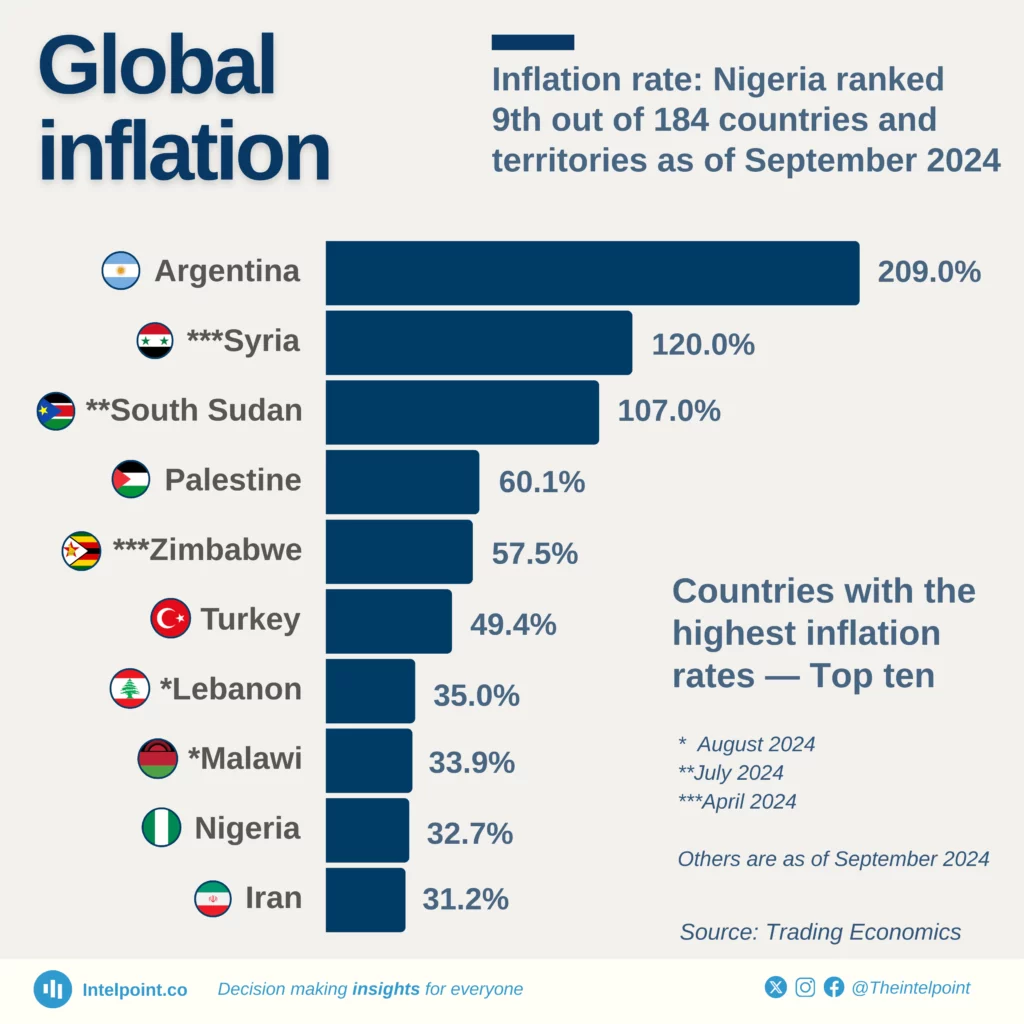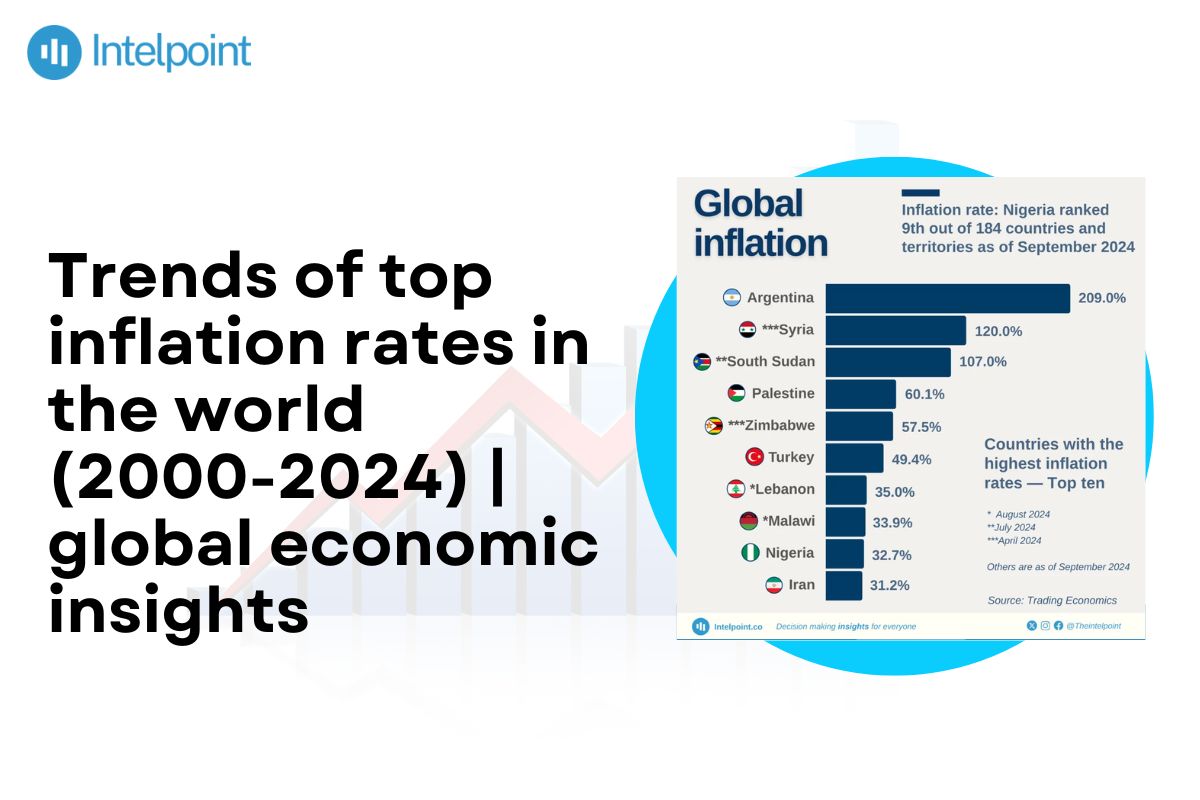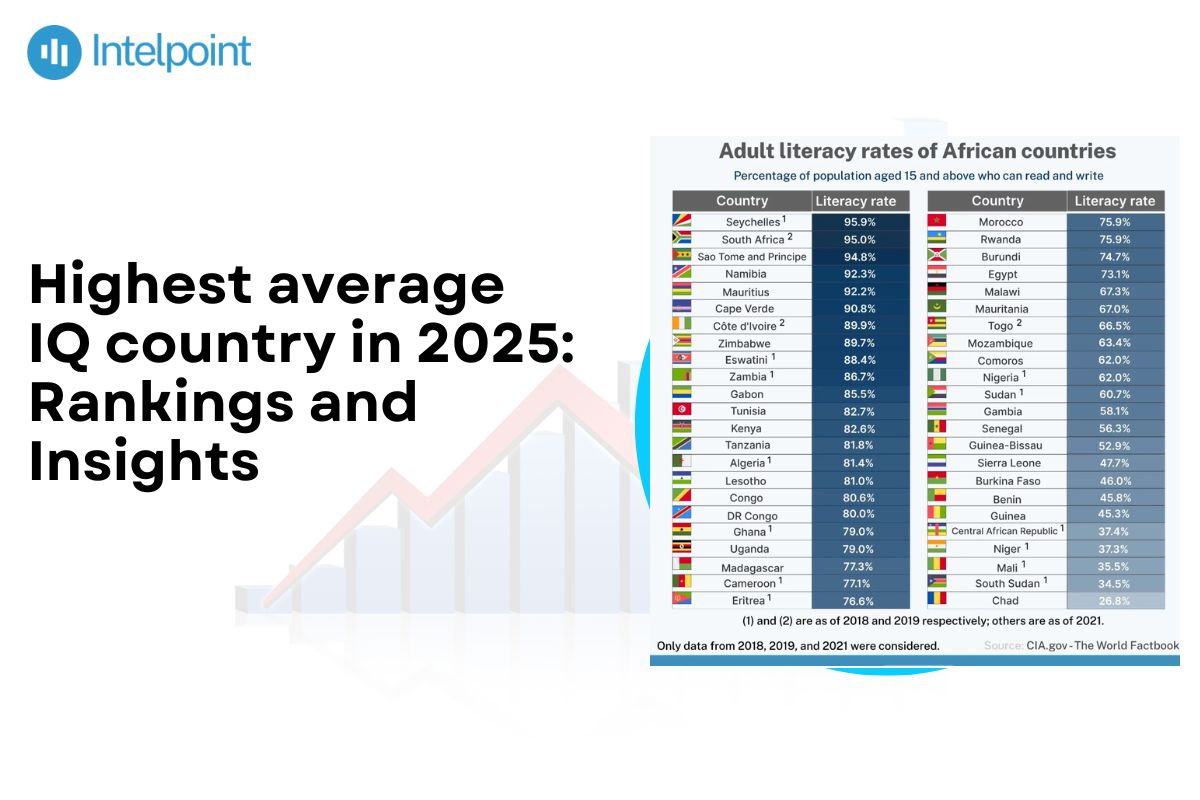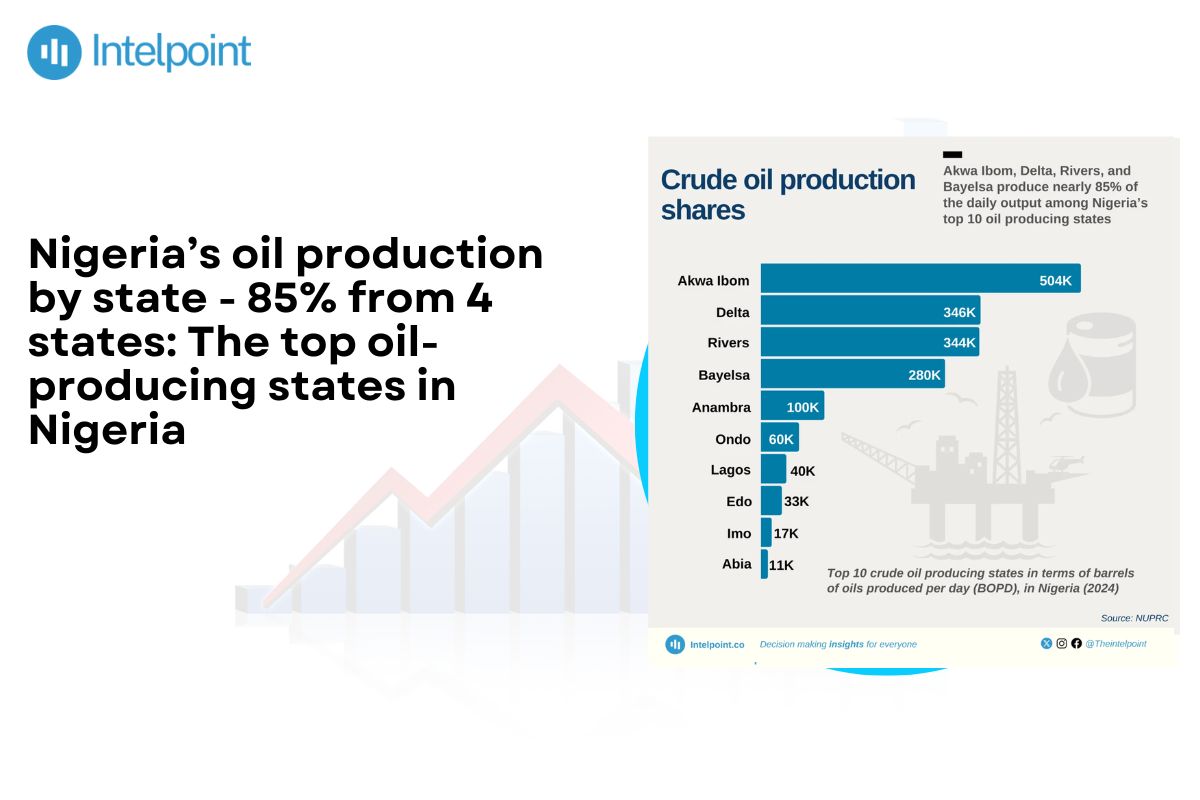
Inflation rates from 2000 to 2024 varied globally, with global averages between 3 and 5%. Some countries, including Venezuela, registered higher than 100%, and Zimbabwe experienced hyperinflation. In 2024, Argentina's inflation was 236.7%, and Lebanon's was 162%. This report covers global inflation trends, identifying the highest rates and their causative factors.
Here’s a detailed table summarizing the key trends of top inflation rates in the world from 2000-2024:
| Periods | Top Countries with High Inflation Rates | Key Trends |
| 2000-2007 | Zimbabwe, Venezuela, Myanmar, Democratic Republic of Congo | Global economic instability and political turmoil in certain regions led to episodes of hyperinflation and significant price increases. |
| 2008-2012 | Zimbabwe, Venezuela, Belarus, Iran | Economic crises and policy challenges in various countries resulted in high inflation rates. |
| 2013-2019 | Venezuela, South Sudan, Sudan, Argentina | Political instability and economic mismanagement in several countries led to severe inflationary pressures and hyperinflation scenarios. |
| 2020-2024 | Venezuela, Argentina, Lebanon, Turkey | Global economic disruptions, including the COVID-19 pandemic and geopolitical tensions, contributed to high inflation rates in various countries. |
Key takeaways
- 2000-2007: Global inflation of 3-5%, with inflation rates higher in Africa and Latin America, generally above 10%.
- 2008-2012: Inflation also rose significantly, with commodity prices doubling from 50% for this period.
- 2013-2019: Venezuela’s inflation rate had grown above 1,700,000% in 2018 when inflation declined internationally.
- 2020-2024: Argentina’s inflation rate had risen to 236.7% in 2024, against a global inflation rate of approximately 5.8%.
Trends of top inflation rates in the world from 2000-2024
2000–2007: Pre-crisis expansion
Between 2000 and 2007, global inflation remained stable, between 3% and 5% annually. Zimbabwe's inflation skyrocketed, and towards the end of 2007, its inflation rate was 66,212.30%, setting the ground for 2008's inflation. Venezuelan inflation had risen to around 19% in 2007 from 16% in 2000.
Inflationary pressures were felt in Myanmar and the Democratic Republic of the Congo, where rates were commonly higher than 20% and 30%, respectively, due to economic turmoil. Zimbabwe's inflation rate in 2007 was exceptionally high, a significant rise compared to previous years.
2008–2012: Global financial crisis and aftermath
Between 2008 and 2012, inflation rose steeply, with 8.95% being the highest in 2008. Zimbabwe's inflation rose above 231 million percent in July 2008 and above 80 billion percent in November 2008.
Between 2008 and 2013, Venezuela experienced an average core inflation of 30.44%. Belarus also experienced inflation, and Iran's inflation rose due to sanctions. By 2009, Zimbabwe abandoned its currency and began accepting foreign currencies like the American dollar.
2013–2019: Post-crisis recovery and growth
During this period, several economies recovered, but others faced severe inflationary pressures. Venezuela experienced hyperinflation, peaking at over 1,700,000% in 2018. South Sudan faced hyperinflation, with inflation rates exceeding 500% in 2017.
Sudan struggled with high inflation, averaging around 50% annually. Argentina’s inflation reached 53.8% in 2019. Venezuela’s inflation was the highest globally, exceeding 130,060% in 2018.
2020–2024: Pandemic-induced recession and recovery
The COVID-19 outbreak raised global inflation, climbing the average rate from 1.9% in 2020 to 8.7% in 2022. In Venezuela, inflation fell from its record of 2,355.15% in 2020.
In August 2024, Argentina's inflation reached 236.7%. Lebanon experienced extreme inflation due to its economic breakdown. Inflation in Turkey rose to 47.09% in November 2024. Global inflation was expected to drop to 5.8% in 2024.
Conclusion
Over two decades, inflation rates around the world have shifted significantly. Many countries had steady inflation rates of 3-5%, and there were extreme cases, such as Venezuelan inflation of over 1,700,000% in 2018 and Argentinian inflation of 236.7% in 2024.
FAQs
Who has the highest inflation rate in 2024?
Inflation has worsened in Argentina, reaching its highest mark worldwide as of December 2024, with an annual high of 236.7% this August. Severe rises have also caused poverty among the residents and forced them into a tight fiscal situation.
What was the rate of inflation in 2024?
The International Monetary Fund projects that global inflation will fall from 6.7% in 2023 to 5.8% in 2024, reflecting the successful operations of many countries against inflationary pressures.
Was there inflation in the 2000s?
Yes. The 2000s saw inflation, but it was on different scales in various countries. For instance, the US inflation rate was approximately 2.3% annually, while other countries, such as Venezuela, had rates that surpassed 100%.
What are the inflation rates around the world?
The inflation rates vary from country to country. As of December 2024, the rate in the US was 2.7%, while in the UK, it was 2.6%. The rate in Argentina is very high, at 236.7%. These differences in values depict the different economic states and challenges other parts of the world face.




